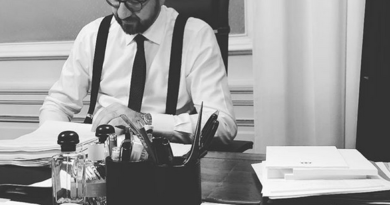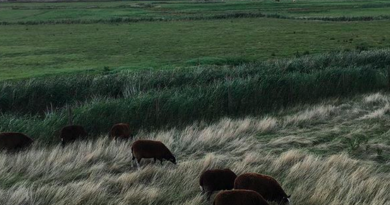Do you know these secret streets in Brussels?
Everyone knows the major roads in Brussels and the small streets around the Grand Place, but are you aware of these alleyways dating back to a previous era; they are often well hidden and off the tourist trails.
Let’s start with the most hidden alleyway, one that is actually buried: Rue Isabelle, located under the Place Royale. It was built in the reign of the Infanta Isabela, to allow her to travel from the Imperial Palace to the Cathedral of St Michael and St Gudula. Don’t look for it on the Place Royale, as it can only be reached via the Coudenberg Museum.
Near the Palace of Fine Arts, below Rue Ravenstein, is a small cul-de-sac dating back to the 14th century. At the time, it was called the Rue d’Angleterre. Now the Rue Terarken, it houses a beautiful Renaissance bretèche, the corbelled construction of the Hôtel Ravenstein.
A short trip down Rue de la Cigogne, in the Dansaert district, is like a little breath of the countryside in the city. This small, 70m long street exudes charm. Its residents place tables and chairs outside as soon as the sun comes out. The entrance to the alleyway via Rue Rempart des Moines takes visitors under a porch topped with a small chapel that houses a statue of Saint Roch dating back to 1740. In 1840, this street was called Impasse or Rue du Cygne, as were six other streets in Brussels. This is why it was renamed Rue de la Cigogne in 1840, even though this beautiful wading bird has never appeared in the street.
Near Sablon is the very old Rue Saint Anne, which is well worth a detour. It already featured on maps dating from 1640. In 1798, it was called the Rue de la Fécondité. One of its residents is said to have given birth to quintuplets. The facades of numbers 18, 26 and 38 are worth the detour in their own right.



